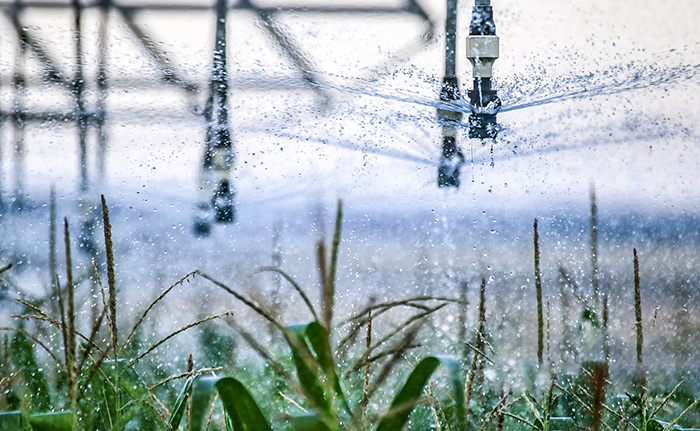Three-type polypropylene, or random copolymer polypropylene pipe, is referred to by the abbreviation PPR. This material uses heat welding, has specialized welding and cutting tools, and has a high plasticity. The cost is also quite reasonable. When an insulating layer is added, the insulation performance improves and the pipe wall, with the exception of the junctions between the inner and outer wires, is also very smooth.
It is typically employed in pre-buried pipes in deep wells or embedded walls. PPR pipe has a service life of up to 50 years, is reasonably priced, stable in performance, heat-resistant and heat-preserving, corrosion-resistant, smooth and non-scaling on the inner wall, safe and reliable in the pipeline system. To assure the system’s safety, sophisticated equipment and qualified workers are needed for construction, which has high technology requirements.
The gentle, uniform hues—rather than the variable tones found in other water pipes—give the PP-R water pipe an appealing aspect and color. (Consumers often think that white is the best color for PP-R pipes, but color is not the benchmark for judging quality; the quality of PP-R water pipes is different from that of PP-R pipes, and the color of the water pipe has nothing to do with it (there are also other colors that have been added with color masterbatch). Any color can be made as long as the color masterbatch is there, and it won’t degrade or affect the PP-quality. R’s therefore, it is irrelevant what color the water pipe is.
In general, only pure PP-R raw materials can be used to create white goods. For instance, whereas other color products processed with color masterbatches are combined with recycled materials, waste materials, and corner materials, the color of products generated by adding recycled materials, waste materials, and corner materials is not soft and uneven. The product’s color will not be impacted by the materials used, etc. The product’s interior and outer surfaces should be flawless and flat; flaws like air bubbles, glaring depressions, grooves, and contaminants are not acceptable.
All basic materials for good PP-R water pipes are PP-R. (without any additives). Pure in appearance, with a smooth surface and comfortable handle. The imitation PP-R pipes feel supple. In general, rough particles are more prone to include impurities; polypropylene is the primary component of PP-R pipes. Poor pipes smell strangely, whereas good pipes don’t. Most commonly, polyethylene rather than polypropylene is combined.
The typical welding temperature for PP-R pipes is between 260 and 290°C. The quality of the weld will be better ensured at these temperatures. The product can easily enter the welding die head during welding if the welding parameters are normal. Additionally, the product’s fusion accumulation nodules are almost liquid, indicating that it wasn’t created with genuine PP-R raw materials.
The product is also not made from genuine PP-R raw materials if the welding accumulation nodules can cool and solidify quickly (typically within 10 seconds). This is because PP-R has a stronger heat preservation effect, which means that its cooling rate will naturally be slower.
Check to see whether the pipe fittings are drawn and if the inner diameter of the pipe is distorted. The inner diameter of a good PP-R pipe cannot be drawn, and it is not easily bent.
Post time: Dec-09-2022




